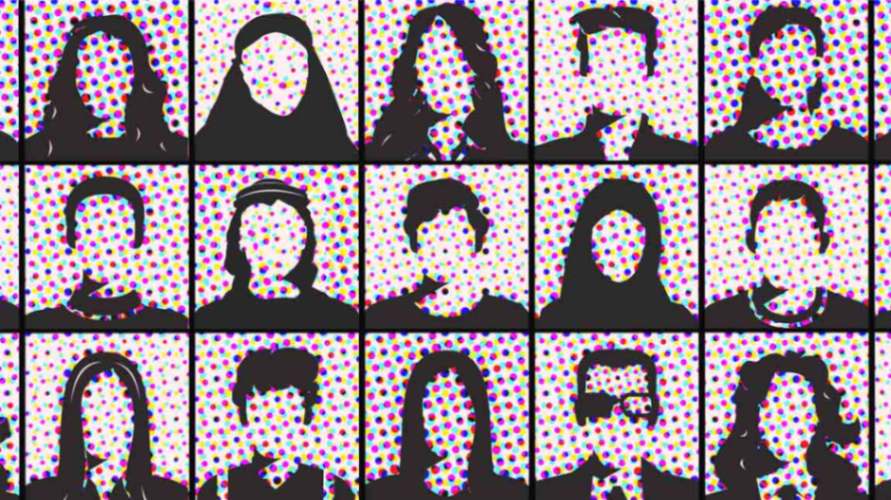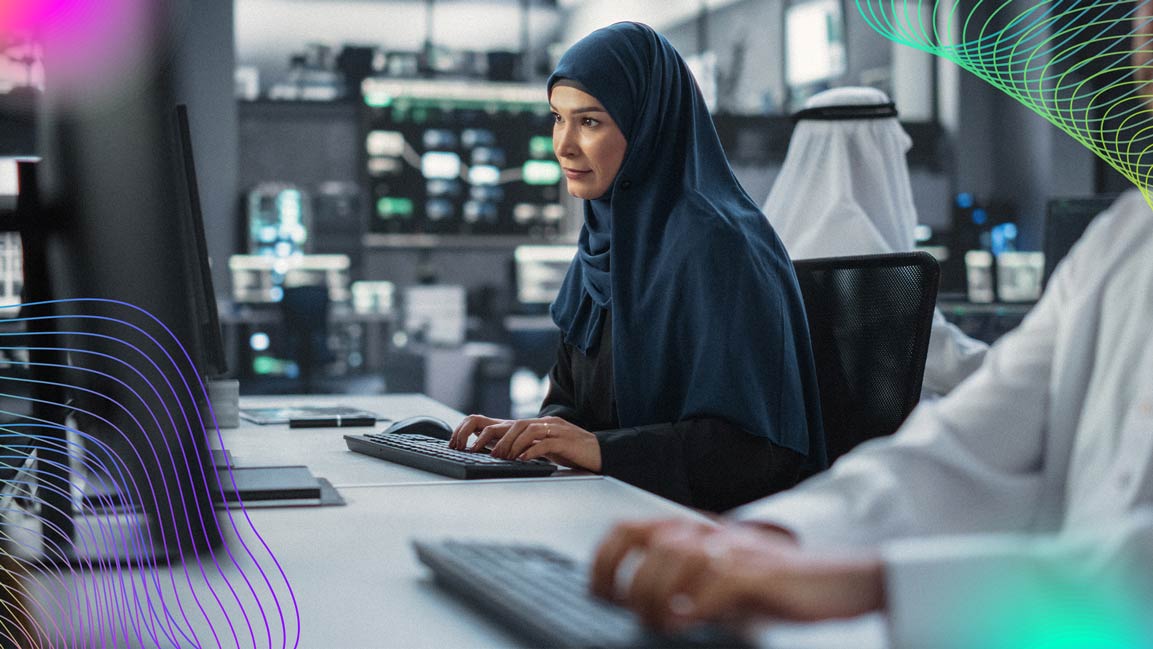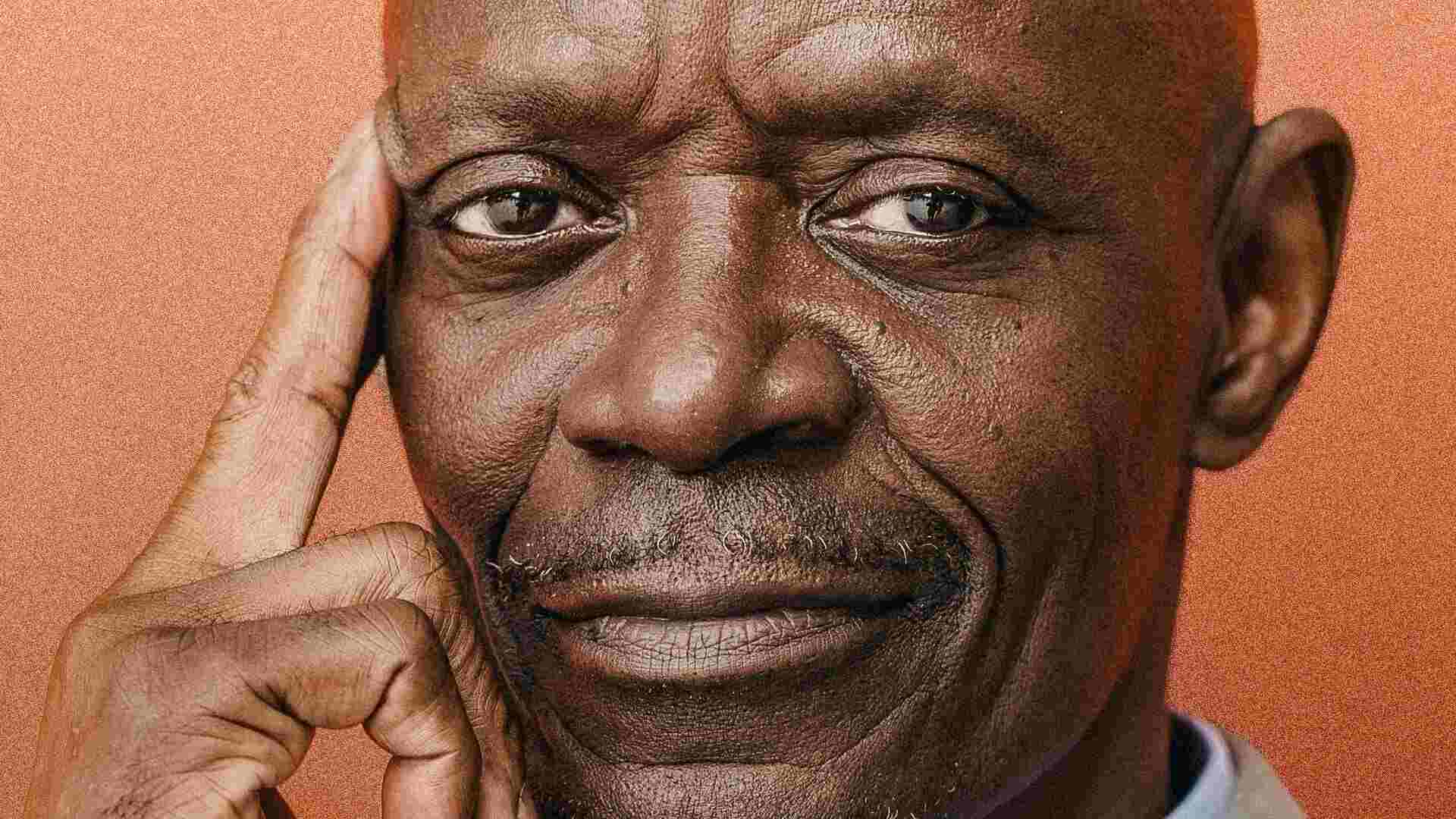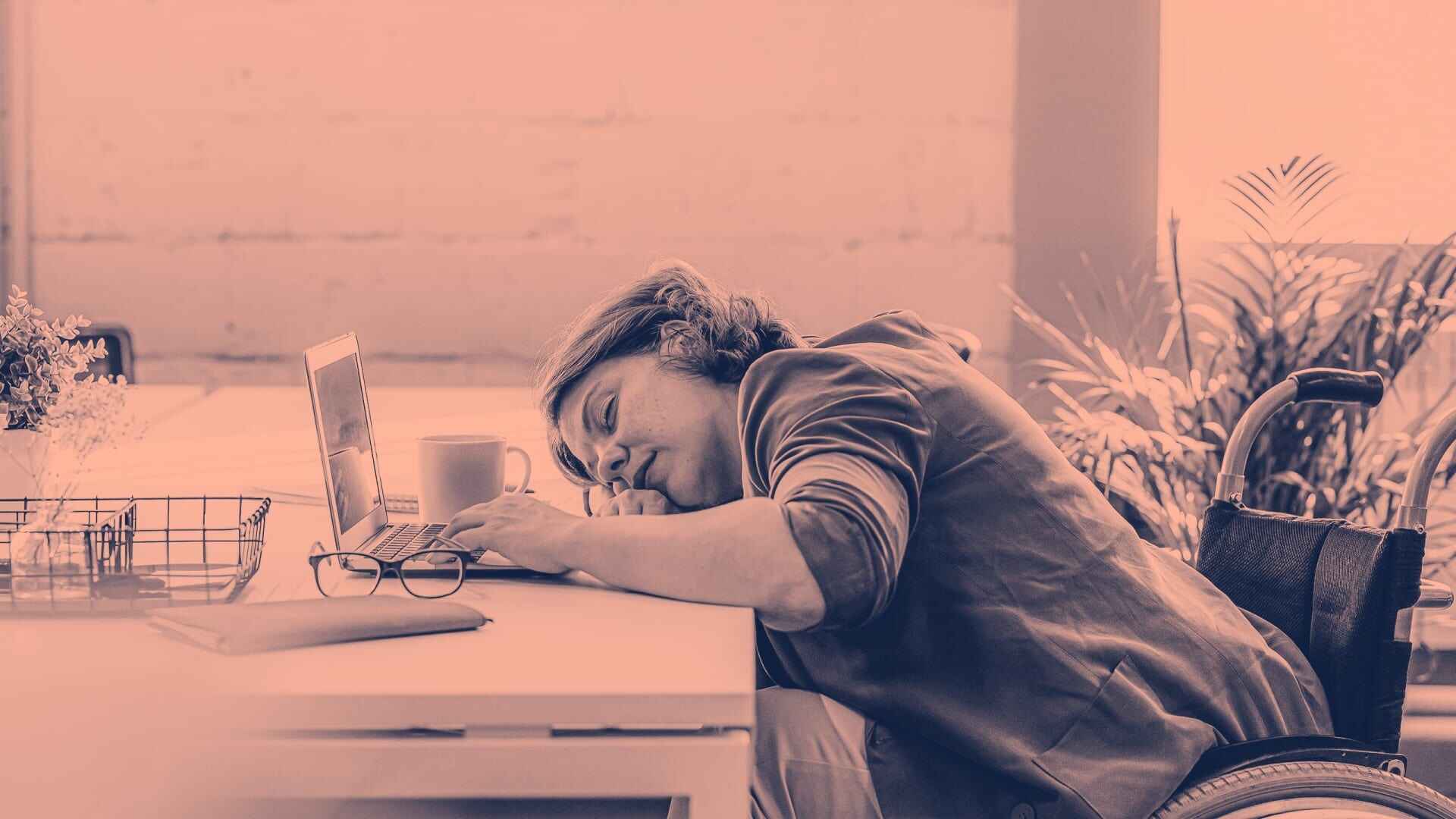- | 8:00 am
Consultants struggle to define creativity. Here’s what leaders need to know
Fast Company’s annual list celebrates the power of individuals and their ideas.
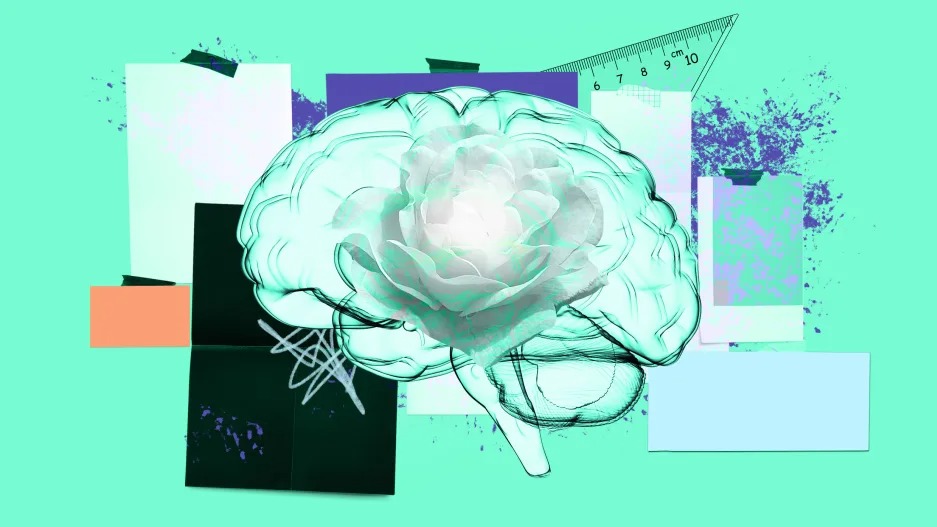
In late May, Endeavor CEO and Hollywood powerhouse Ari Emanuel told the Freakonomics Radio podcast that generative artificial intelligence (AI) will be an important tool for creators, but added: “Do I think [you] can create like [director] Jim Brooks can? No.”
Emanuel made his remarks before unions representing writers and actors went on strike seeking contracts that prevent AI from displacing their jobs, but his broader message—that the most creative people in the world can’t be replaced by algorithms—has made its way to the corporate world. The IBM Institute for Business Value surveyed thousands of CEOs to produce its report, “The CEO’s Guide to Generative AI ,” and concluded: “Creativity is the must-have generative AI skill.”
CREATING CREATIVE ENVIRONMENTS
Yet many consultancies and even leaders of artistic enterprises are hard-pressed to define creativity. The IBM Institute’s report exhorts CEOs to unlock curiosity and experimentation in their organizations but offers little in the way of examples of what creativity actually looks like.
Enter Fast Company’s 2023 list of the Most Creative People in Business, which provides 54 real-life illustrations of creativity, literally, at work. The project spotlights individuals who have accomplished or produced something unprecedented in their field in the last year and who haven’t previously been profiled by the magazine.
The list is purposely eclectic and broad, underscoring that creativity takes many forms and is found across a variety of industries. This year’s honorees include indigenous restaurateurs Vincent Medina and Louis Trevino, who have created a business that also is a living memorial to the Ohlone people, and physicist Kim Budil of Lawrence Livermore National Laboratory, who led the team that developed a breakthrough in nuclear energy that dogged scientists for a half-century and could lead to a new era in clean energy.
Jill Bernstein, editorial director of Fast Company, who oversees the project, says a recurring theme among people who are featured on the list is that they are solving practical and immediate needs, or, as she puts it, “meeting people where they are.”
She pointed to Dario Wolos, founder and CEO of fast-casual restaurant chain Tacombi, who is building a cheerful place for consumers to come together, post-pandemic, for affordable, authentic Mexican food. She also called attention to the work of architect Tosin Oshinowo, whose design for rebuilding a Nigerian village destroyed by Boko Haram factored in the community’s customs and needs.
THE POWER OF AN IDEA
Ultimately, Bernstein says, the Most Creative People list is a testament to the power of individuals to make change. As she notes, Fast Company and Inc. (and some other business publications) celebrate companies all the time. But, she says, “a lot of things happen in business because one person had an idea or said, ‘What if we tried something different?’” Bernstein hopes the list inspires others. “Hopefully everyone reading will think, ‘Wow, I have the power to do something in my industry if I have an idea,’” she says.
These creative sparks translate into big impact. Consider Carolyn Bertozzi’s breakthrough in chemistry that is now the basis for a cancer-fighting drug in clinical trials. It also is worth noting that creativity creates business value, which may explain why corporations covet creative leaders for reasons that extend beyond their ability to harness AI. Research from McKinsey suggests that companies excelling in creativity typically have better organic revenue growth and shareholder returns than their peers.












